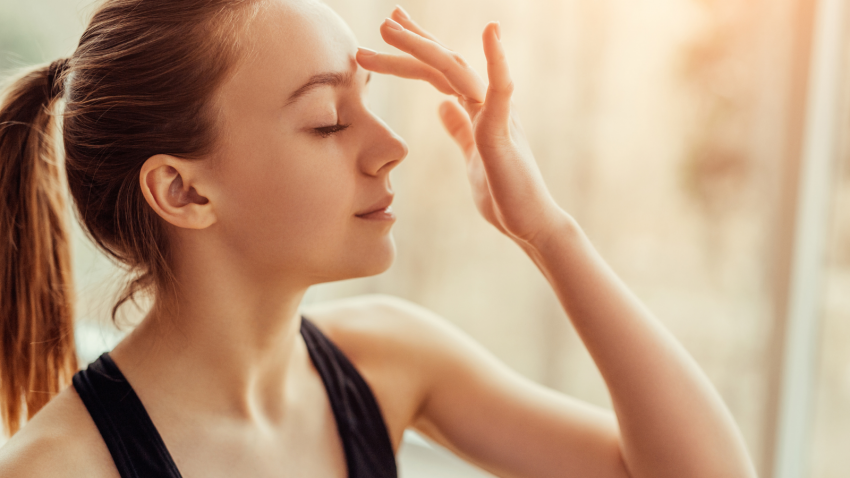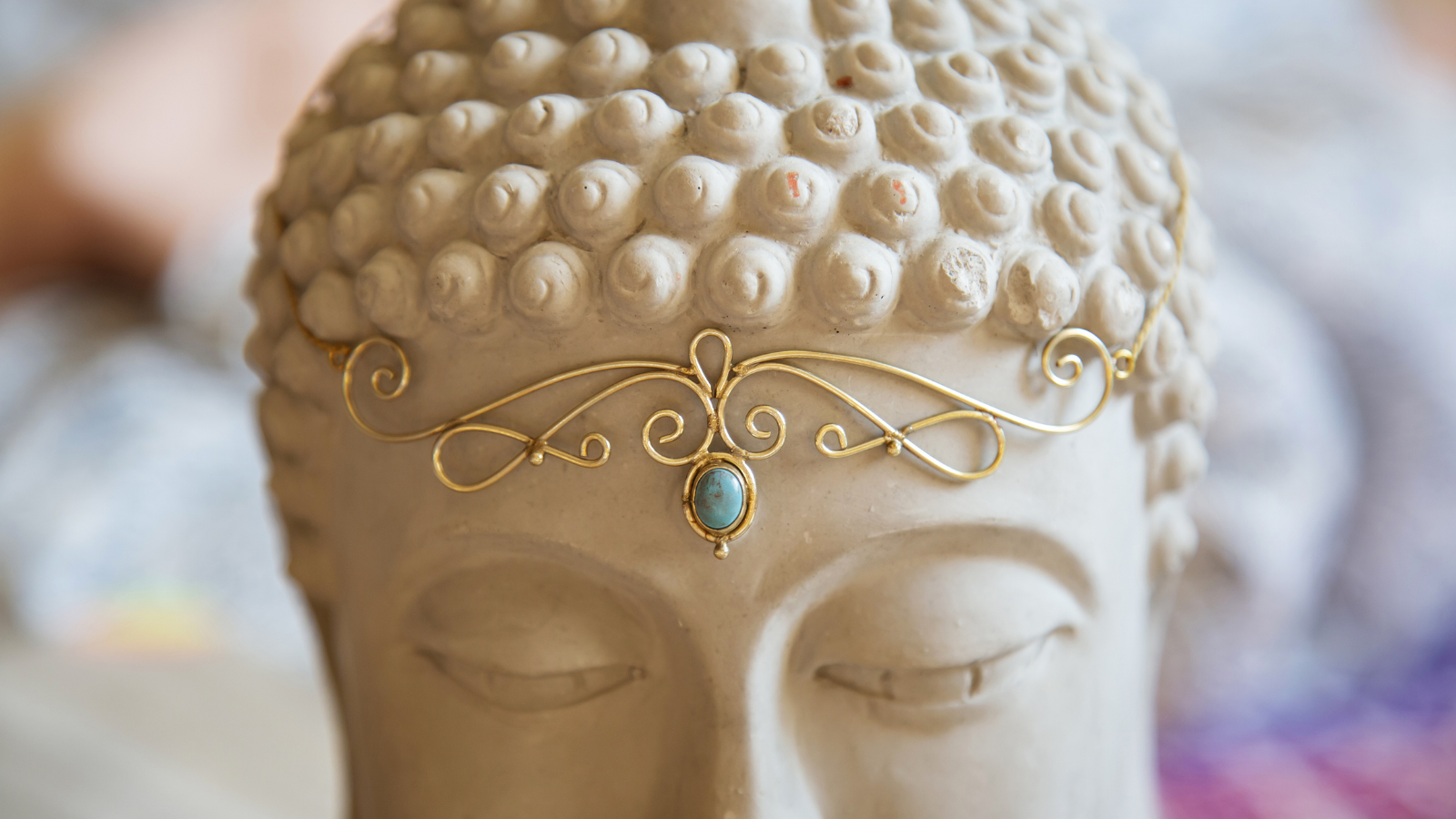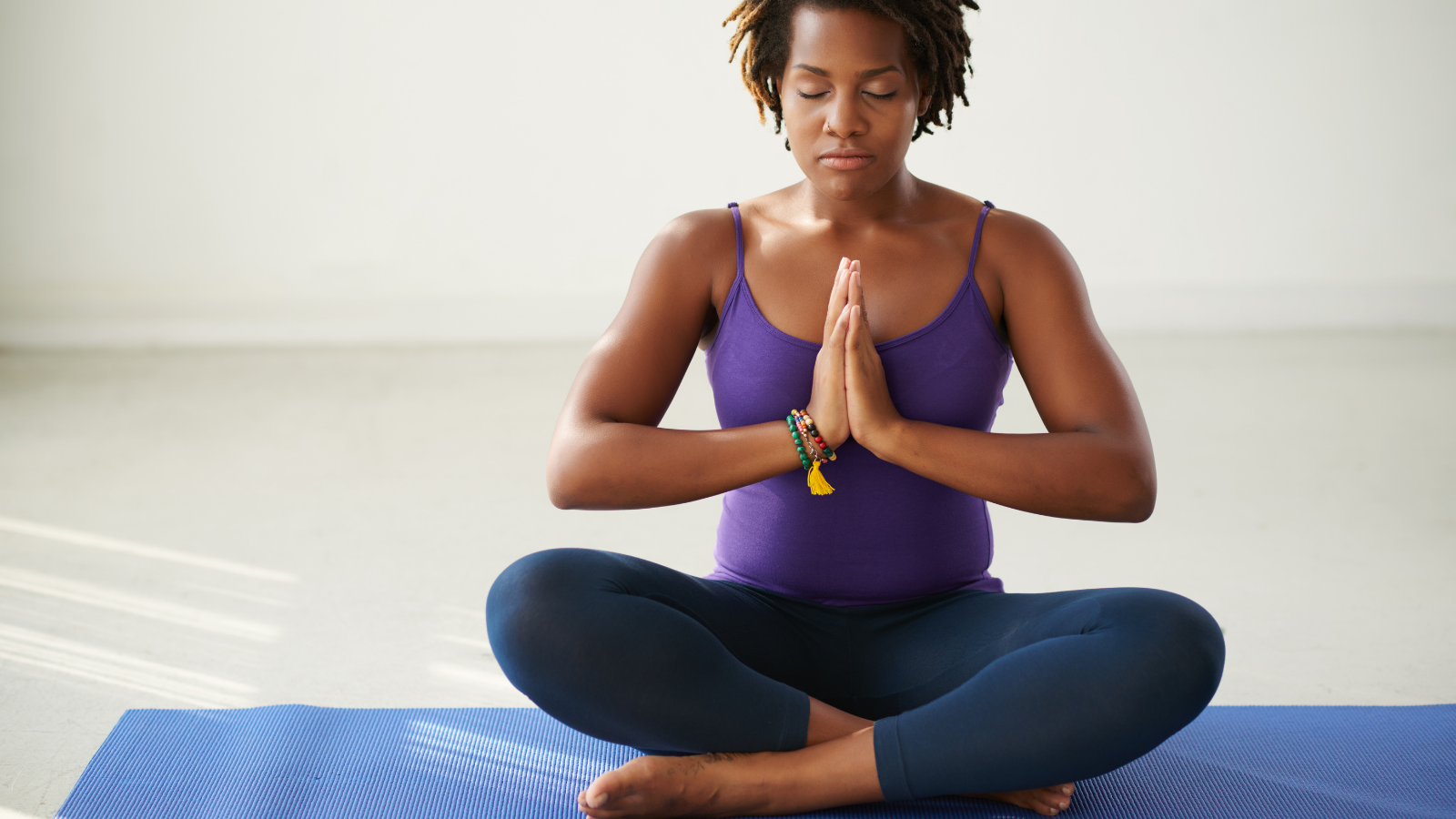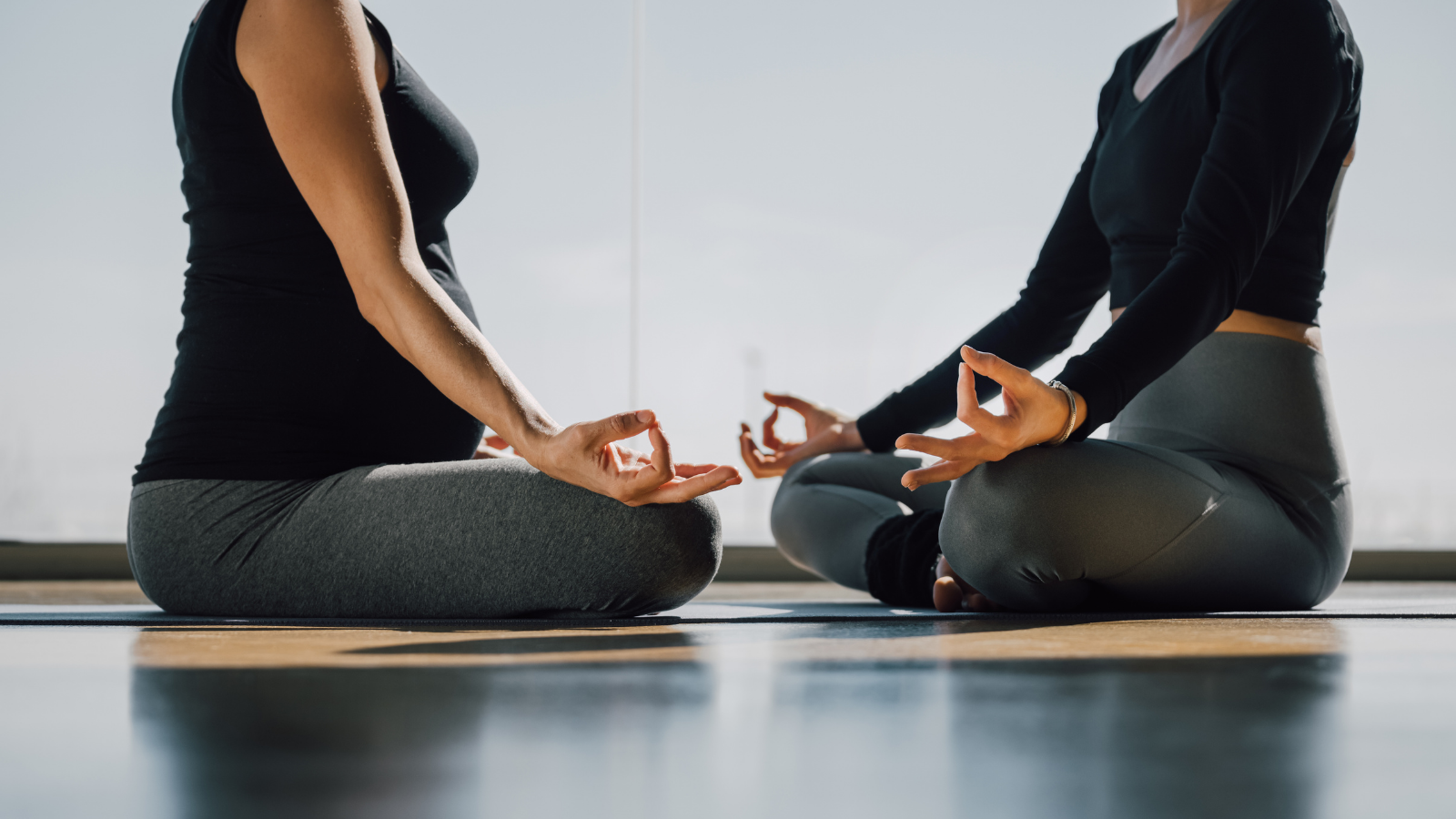View basket (0 items $0.00)
Error message
- Notice: unserialize(): Error at offset 5 of 154 bytes in variable_initialize() (line 1202 of /home/dh_6hcdc2/yogau.online/docroot/includes/bootstrap.inc).
- The file could not be created.
- The file could not be created.

Journey to Wisdom: The Ajna Chakra
“Wisdom begins in wonder” are the wise words of Socrates. We would do well to take them to heart as we continue our journey through the chakras. This is part 7 in the series. The last post focused on Vishuddha (Throat) Chakra and the importance of finding your voice. This post will explore Ajna (Third Eye) Chakra and the journey to wisdom.
The first time I experienced wonder was during a family vacation in Maine. I was 12 years old. We were hiking with friends on Mt. Megunticook. When we got to the top and looked out over the inspiring landscape, I was in awe and lost all sense of time, space, mind, and my 12-year old ego-I. I have never forgotten it. I’d like to think that that moment planted the wisdom seed that my yoga journey has watered and nourished, opening me up to receive those “ah-ha!” moments of intuitive wisdom that inform and direct our lives in positive and productive ways.
Ajna Chakra: Seeing with Our Whole Being
The element connected to Ajna Chakra is light and/or a subtle sense of space. The organs related to this chakra are the eyes and the pineal and pituitary glands. This chakra is located between the eyebrows and is often referred to as the “third eye.” It’s not surprising that the meaning of Ajna is “to perceive,” and the central issues are intuition, self-reflection, and insight, which lead to deep self-knowledge and wisdom. Here we take the information and lessons learned from the lower five chakras and move our consciousness forward to recognize our inherent wholeness.

We do this by witnessing our lives—all of our lives: the good, the bad, the beautiful, and the ugly, with compassion and without judgment. When we set an intention to tap into the deeper dimensions of the mind, we can uncover the reasons for our core beliefs, habits, and interactions with the outside world. What a wonder!
However, this cannot be forced. It must be invited and encouraged. Anodea Judith in, Eastern Body, Western Mind, says, “Intuition is a leap toward wholeness from fragmentation. Intuition is the unconscious recognition of pattern.”
This will require surrender, something that many of us who deal heavily in logic and rationality may find difficult. But there is good reason to begin and continue the journey. As we “see” and understand ourselves more clearly, we’ll be able to “see” others and the world we live in more clearly. As a result, we may find ourselves responding to what we encounter appropriately and productively.
How to Access Ajna Chakra through Movement, Meditation, and Mudra
One tool recommended for this stage on our journey through the chakras is meditation. My suggestions for practice include movement, concentration, and mudra.
Movement Practice
Shaking Meditation: Ruth Dennison, my first, and most significant meditation teacher taught that movement before sitting meditation is helpful. On many mornings, I practice asana and on others, I shake. Shaking Meditation is typically done standing, but can be easily done seated in a chair. It will energize the body, increase oxygen levels in the bloodstream, activate the parasympathetic nervous system and help with mental focus.
1. Stand with your feet about shoulder-width apart.
2. Bend your knees slightly and begin to shake your legs.
3. Move the vibration up into your torso.
4. Next shake your wrists and move the shaking up your arms to your shoulders.
5. Invite your head to join the party if that feels comfortable.
6. Feel free to raise your arms or bend forward or backward.
7. Shake your body for 3 to 5 minutes (or more).
8. When done, simply stand, or sit, quietly.
9. Feel the effects of shaking your body and shifting your energy.
Concentration Practice

The formal name for this ancient yoga meditation technique is Ajapa Japa, which means, “constant awareness.” This technique has many stages. This is stage one.
-
Sit with your spine comfortably aligned.
-
Soften your chest and shoulders.
-
Close your eyes or keep them slightly open with your gaze toward the floor.
-
Start deep, rhythmic breathing with an awareness of the ingoing and outgoing breath.
-
Begin visualizing your incoming breath moving upward from the navel to the throat, and the outgoing breath moving downward from the throat to the navel.
-
When the mind wanders, bring it back to the breath and the visualization.
-
Practice for as long as you are comfortable.
If you decide to try this and find it difficult to sense, feel or visualize the breath, imagine the breath as an elevator. The following visualization works to introduce meditation to children. So why not for us grownups?
-
As you breathe in, imagine that an elevator is rising up from your belly to your throat.
-
As you breathe out, imagine the elevator dropping back to your belly.
-
When your mind wanders, bring it back to the image of the elevator, rising and falling as you breathe in and out.
-
Practice for as long as you are comfortable.
Mudra Practice

Jnana Mudra (Gesture of Higher Knowledge): As I age, my asana practice is becoming gentler and my meditation practice is becoming stronger. On at least six days a week, my behind will find its way to my meditation cushion where I practice for 25 to 30 minutes. I use Jnana mudra, which is said to awaken clear seeing through the power of witnessing, enhance concentration, and the ability to discern between the limitless Self and the ego-I personality. There are no contraindications. The instructions are from Joseph and Lilian Le Page’s Mudras for Healing and Transformation.
1. Touch the tips of the index fingers to the tips of the thumbs of each hand.
2. The thumbs and the index fingers form a round open circle.
3. Extend the little, ring and middle fingers straight out.
4. Rest the backs of the hands onto the knees or thighs.
5. Relax the shoulders back and down, with the spine naturally aligned.
Hold the mudra for 5 to 10 breaths working up to five minutes if and only when you are completely comfortable.
Looking Inward
Working with the energy of this chakra, as with all the others, is a lifelong journey. As you explore your sixth chakra and the life lesson of seeking wisdom, consider these words from Carl Jung in a letter to Fanny Bowditch, “But your vision will become clear only when you can look into your own heart. Without, everything seems discordant; only within does it coalesce into unity. Who looks outside, dreams; who looks inside, awakes.”
Reprinted with permission from YogaforHealthyAging.Blogspot.com

 Beth Gibbs, MA, is a certified yoga therapist through the International Association of Yoga Therapists and a faculty member at the Kripalu School of Integrative Yoga Therapy. She holds a masters’ degree in Yoga Therapy and Mind/Body Health from Lesley University in Cambridge, MA. She is the author of Enlighten Up! Finding Clarity, Contentment and Resilience in a Complicated World and Ogi Bogi, The Elephant Yogi, a therapeutic yoga book for children. Beth is an experienced workshop leader and public speaker. She blogs at bethgibbs.com
Beth Gibbs, MA, is a certified yoga therapist through the International Association of Yoga Therapists and a faculty member at the Kripalu School of Integrative Yoga Therapy. She holds a masters’ degree in Yoga Therapy and Mind/Body Health from Lesley University in Cambridge, MA. She is the author of Enlighten Up! Finding Clarity, Contentment and Resilience in a Complicated World and Ogi Bogi, The Elephant Yogi, a therapeutic yoga book for children. Beth is an experienced workshop leader and public speaker. She blogs at bethgibbs.com
Featured Courses









